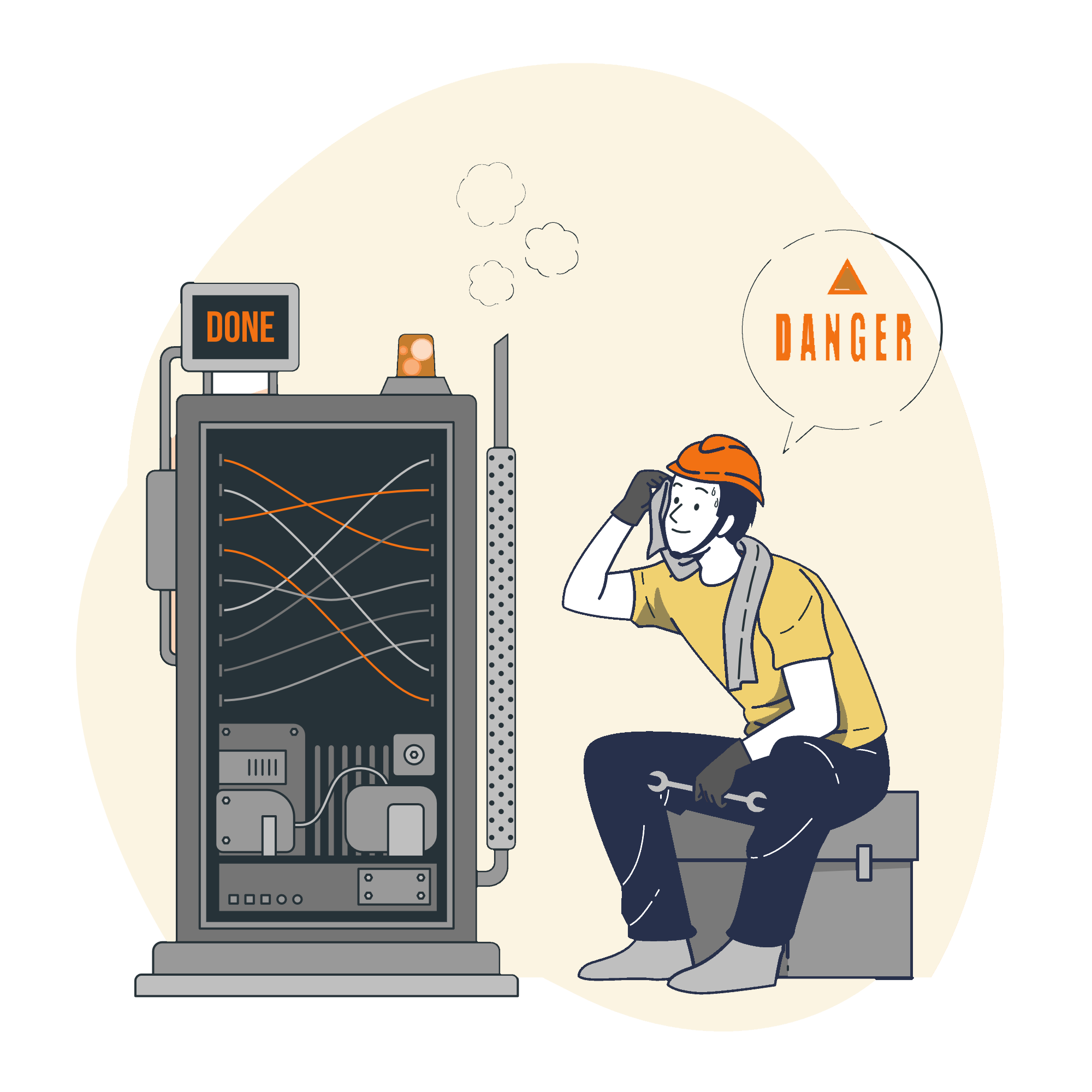Confined Space Assessment





Job Hazard Analysis for Workplace Risk Identification
Ensure Compliance and Safety with Effective PPE Assessment
Lockout Tagout Program for Hazardous Energy Control
Machine Safety Assessment for Risk and Hazard Control
Discover how to master workplace safety with the Hierarchy of Control. This guide provides innovative examples and actionable steps for implementing top-tier safety measures, ensuring employee protection from chemical, lifting, and working at height hazards.